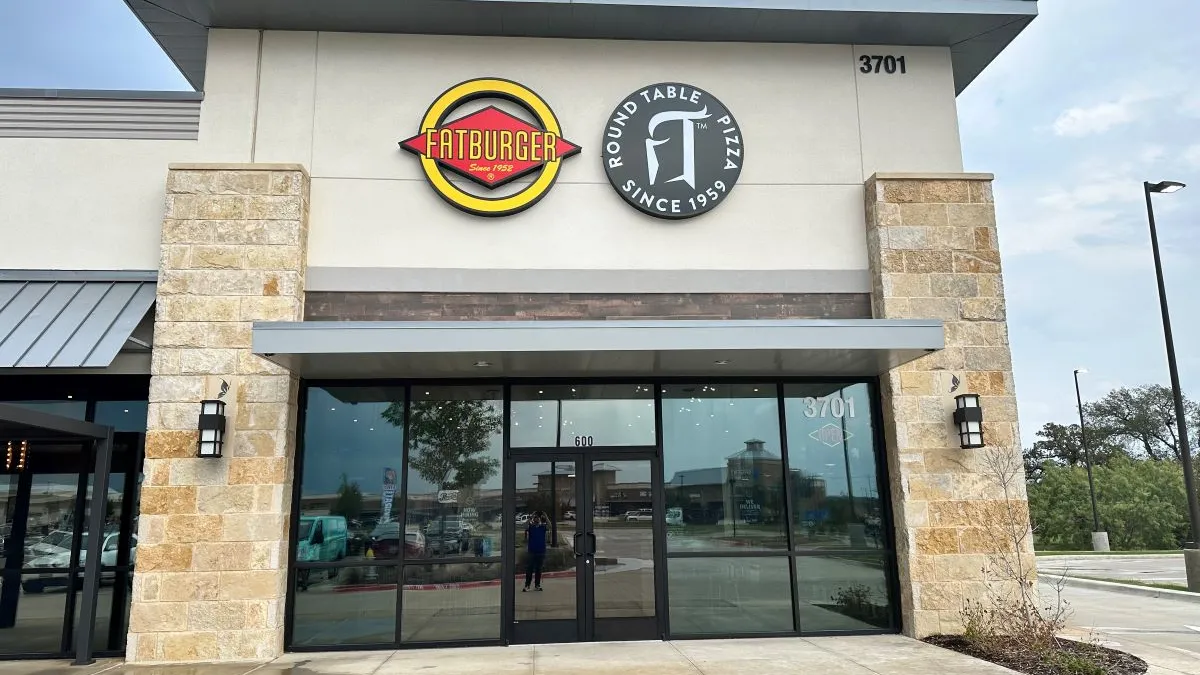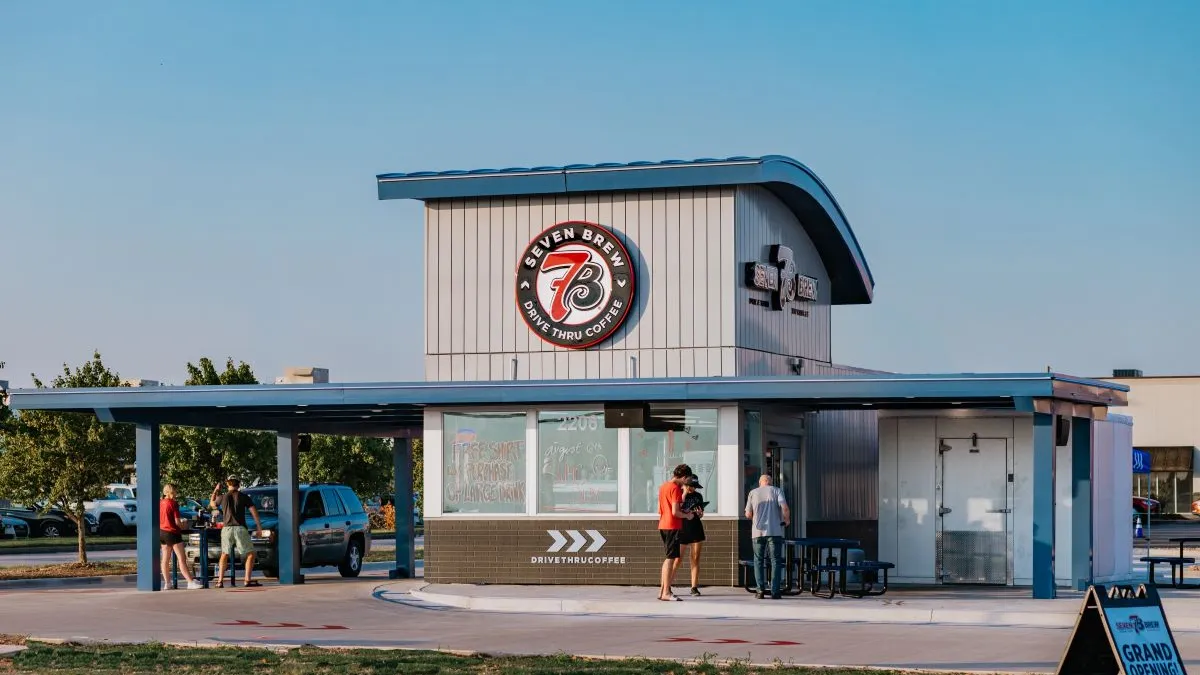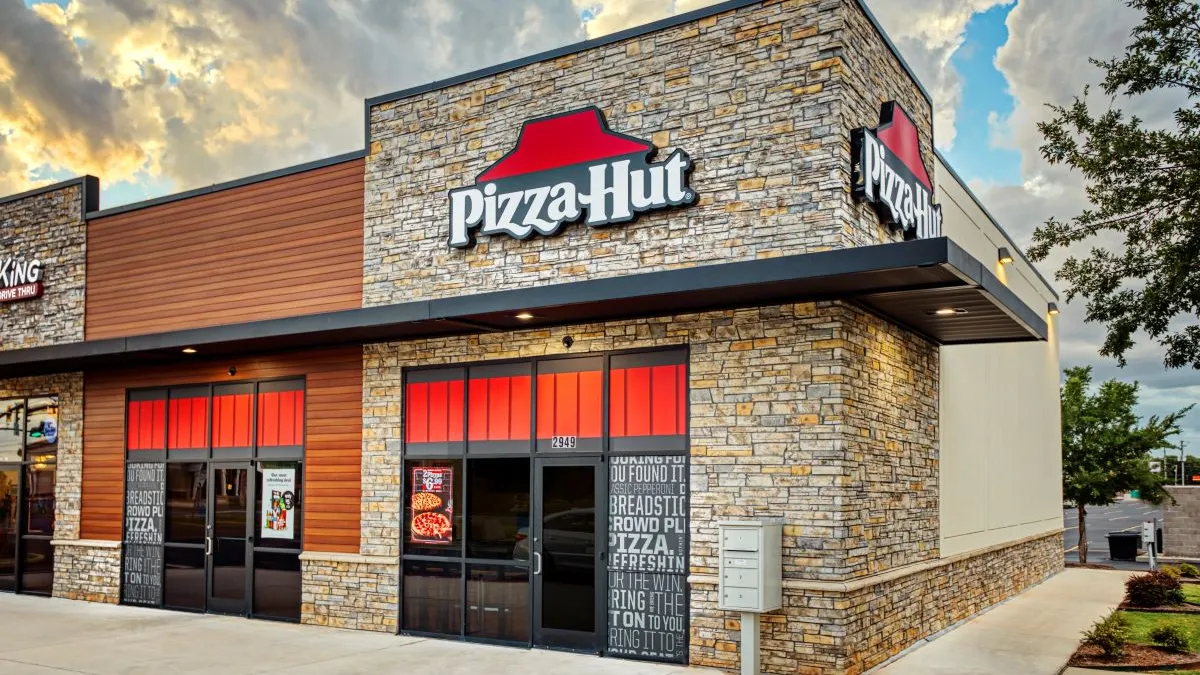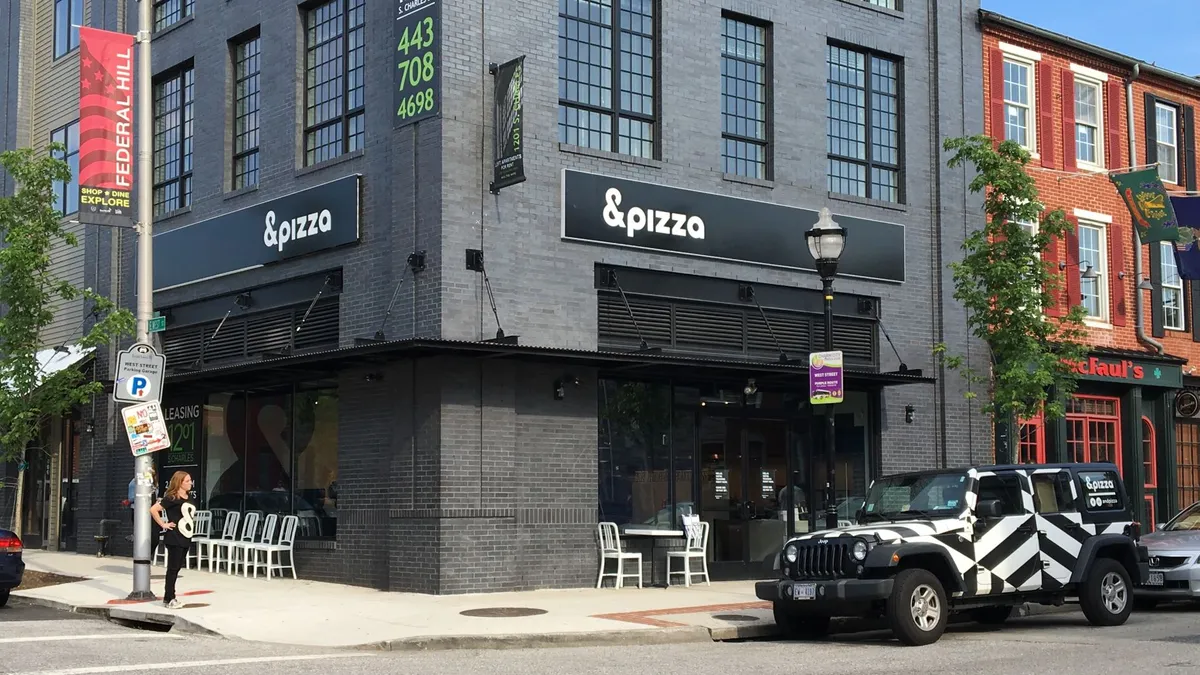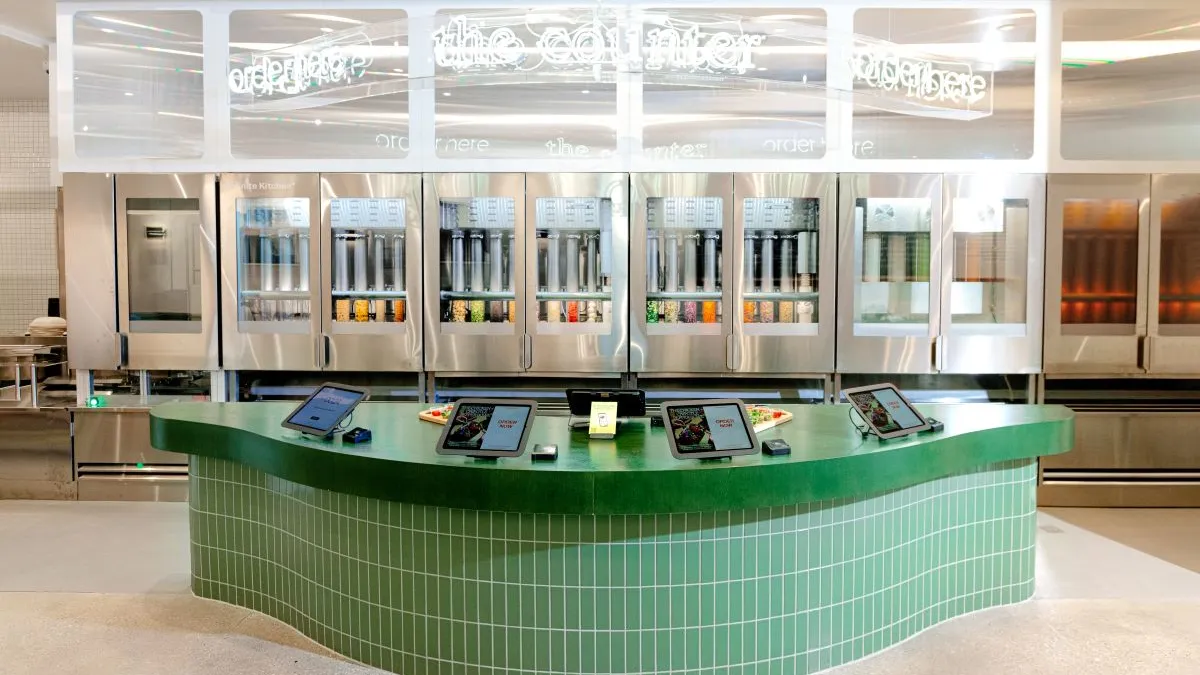Vintage Capital formerly submitted its bid to buy Red Robin for $40 per share on Thursday, joining a growing list of investors pressuring casual dining companies into a sale. And shareholders appear to be on board, with Red Robin's stock prices shooting up 15% Friday morning.
Sales for casual dining have been on the decline for over a decade, but restaurants still grew unit size, even during the recession, adding 3,000 units in the U.S. from 2007 to 2016, according to Restaurant Business. Unit counts didn't start to drop until 2017. Coupled with a lack of innovation, casual dining is ripe for activism.
In April an activist investor proposed to buy J. Alexander's for $186 million. Also facing pressure from an activist, Del Frisco’s underwent a strategic review and agreed to a $650 million sale to private equity firm L Catterton in June. Joining these restaurants are Bob Evans, Darden, Potbelly, Buffalo Wild Wings and Cracker Barrel, who all dealt with similar issues the last few years.
The restaurant industry, in particular, often appeals to financial professionals because its operations are easier to understand than one like biotech that is more complicated, Shane Goodwin, professor of practice at the Department of Finance and associate dean of Southern Methodist University's Cox School of Business, told Restaurant Dive.
"Everyone thinks they know how to run a restaurant," said Goodwin, whose research focuses on M&A, corporate governance and shareholder activism.
And this activism activity isn't likely to let up anytime soon. The size of restaurants make them even easier targets. Unlike a multibillion-dollar company like Procter & Gamble, restaurants tend to have a much smaller market capitalization, or market value. So even if an investor buys $1 billion in P&G stock, for example, that's still a small slice of the company, he said.
Comparatively, Red Robin's market capitalization, which reached a high of $1.3 billion in 2015, currently hovers around $400 million. With that small of a cap, it would take an investment of $40 million to own 10% of the company.
Additionally, a ruling made over 100 years ago regarding a dispute between Henry Ford and his company's largest shareholder, the Dodge family, set a precedent that the purpose of corporations is to benefit shareholders, and CEOs couldn't do whatever they felt like, Goodwin said.
"Everyone thinks they know how to run a restaurant."

Shane Goodwin
Southern Methodist University Cox School of Business Associate Dean
Couple this mindset with a shift in ownership away from individuals to institutional investors, and public companies have endured a firestorm of activism in recent years. Institutional investors own upwards of 80% of the stocks today, Goodwin said. BlackRock, State Street and Vanguard alone own 22% to 23% of the Fortune 500, he said.
Now, instead of having to make millions of calls to get 50% of ownership to support a disgruntled shareholder, it can be done with five phone calls, Goodwin said.
"It doesn't take much for activist or institutional fund to have a compelling voice at a small cap company," he said.
Why Red Robin has become a target
Red Robin's mediocre performance over the last few years was only compounded by the end of last year when the company reported a 2.6% drop in same-store sales in 2018. Comparatively, the casual dining segment declined sales at a much slower pace of 1%, according to Technomic data. The company also admitted that its strategy to decrease labor costs, which included cutting two cleaning positions and relying on waiters to bus tables, backfired and left more tables uncleaned, increasing wait times, according to Restaurant Business.
"If you're not performing relative to your peers, you're just a lightning rod to shareholders to raise a lot of questions," Goodwin said.
The company also appears to be struggling to find an ideal CEO, as its search to replace retired CEO Denny Marie Post is going into its fourth month. Attracting a CEO in this environment is difficult, Goodwin said. Most CEOs have great experience with running restaurants and building the business. Very few have experience dealing with disgruntled shareholders, he said.
Additionally, it has undergone significant changes within its C-suite in the last 12 months, firing its COO last year and hiring a new CFO.
"With Red Robin, unfortunately, there's really a lack of executive leadership," Goodwin said.
Red Robin’s strategy with shareholders also hasn’t been particularly effective. It deployed a poison pill measure in June, but Goodwin said that this action doesn’t really do much to defend against activist investors. Instead, it dilutes a shareholders stock value above a certain percentage of ownership, even though it was originally created to protect companies from an overnight hostile takeover.
"It is hurtful to their cause because it helps the narrative that the company is entrenched," Goodwin said.
So what actually works? Goodwin believes restaurant boards can protect themselves by having good performance and communication with their shareholders.
"Good stock prices usually cures all to some degree," he said.
But beyond that, communication is key. That means explaining to investors what is happening at the company, what management's strategy is and the reasoning behind it, and what its plans are for capital allocation in the long term, Goodwin said.
"That usually answers a lot of questions and usually eases everyone else's tensions," he said.
While Red Robin's dispute with Vintage Capital isn't likely to be solved anytime soon, it is running out of options. It can take the "Just Say No Defense" under Delaware law that allows corporations to say no to an offer so long as the board can show that it did its due diligence when assessing an offer, similar to J. Alexander's response to Ancora's $186 million offer to buy the company.
Sometimes, however, going private is the only option corporations have to avoid the scrutiny of public shareholders. A private owner also could inject fresh ideas, capital and management. But for now, Red Robin will need to assess all of its alternatives to fully understand what its next move should be.







